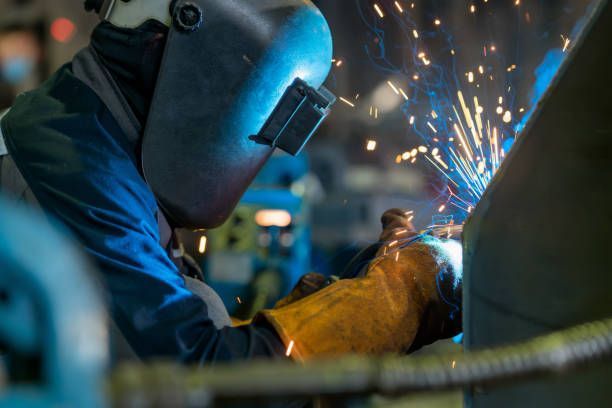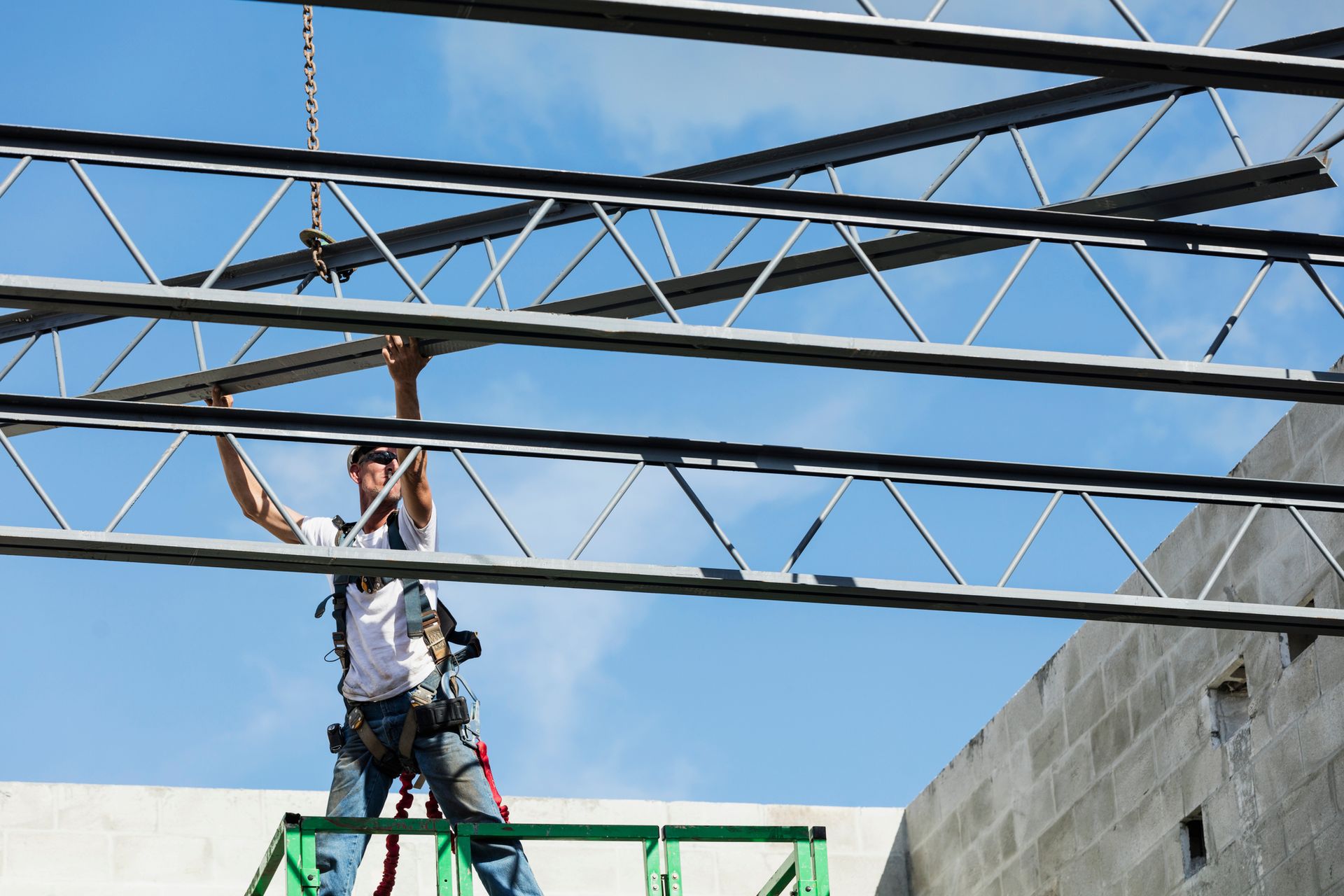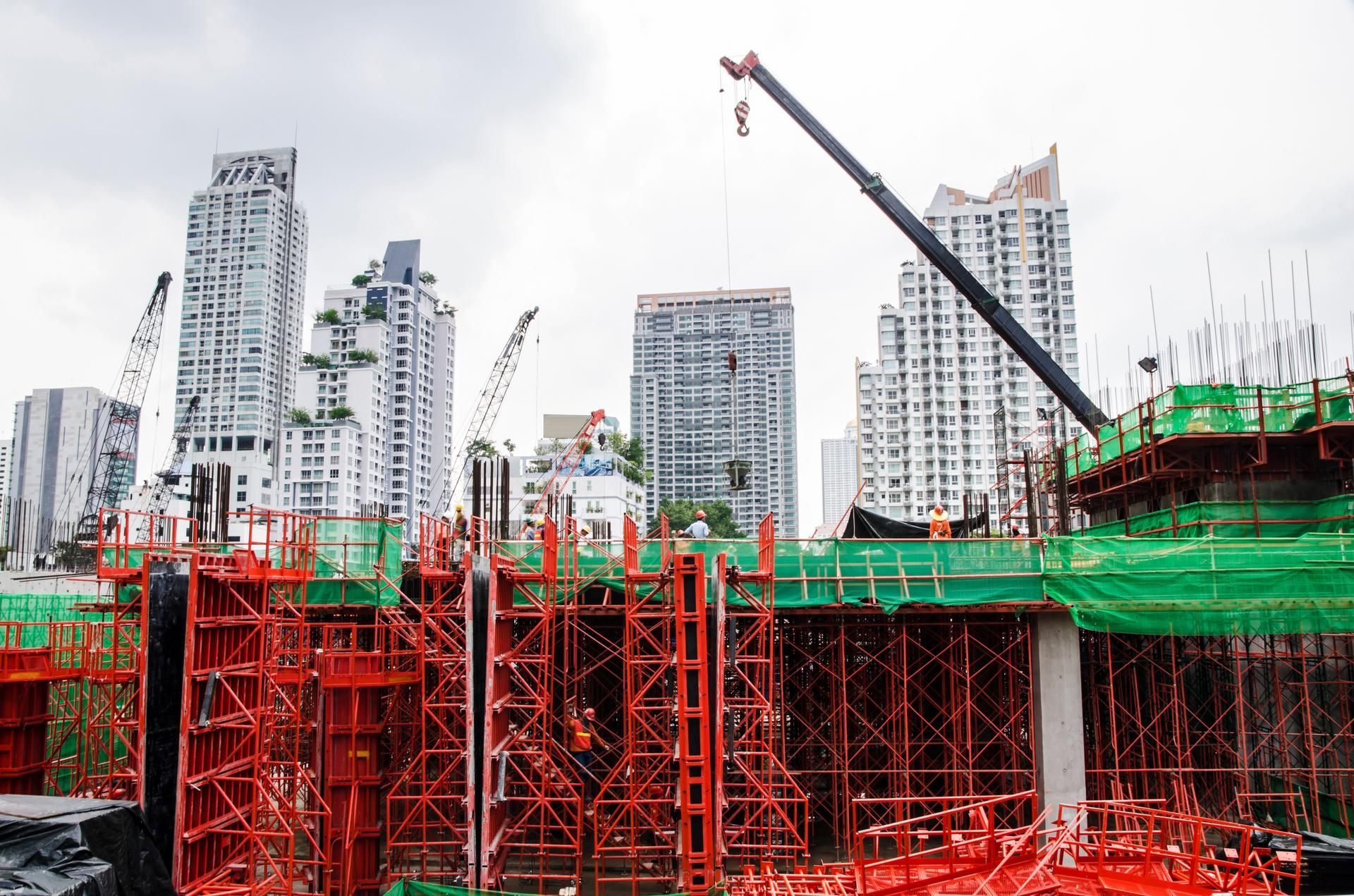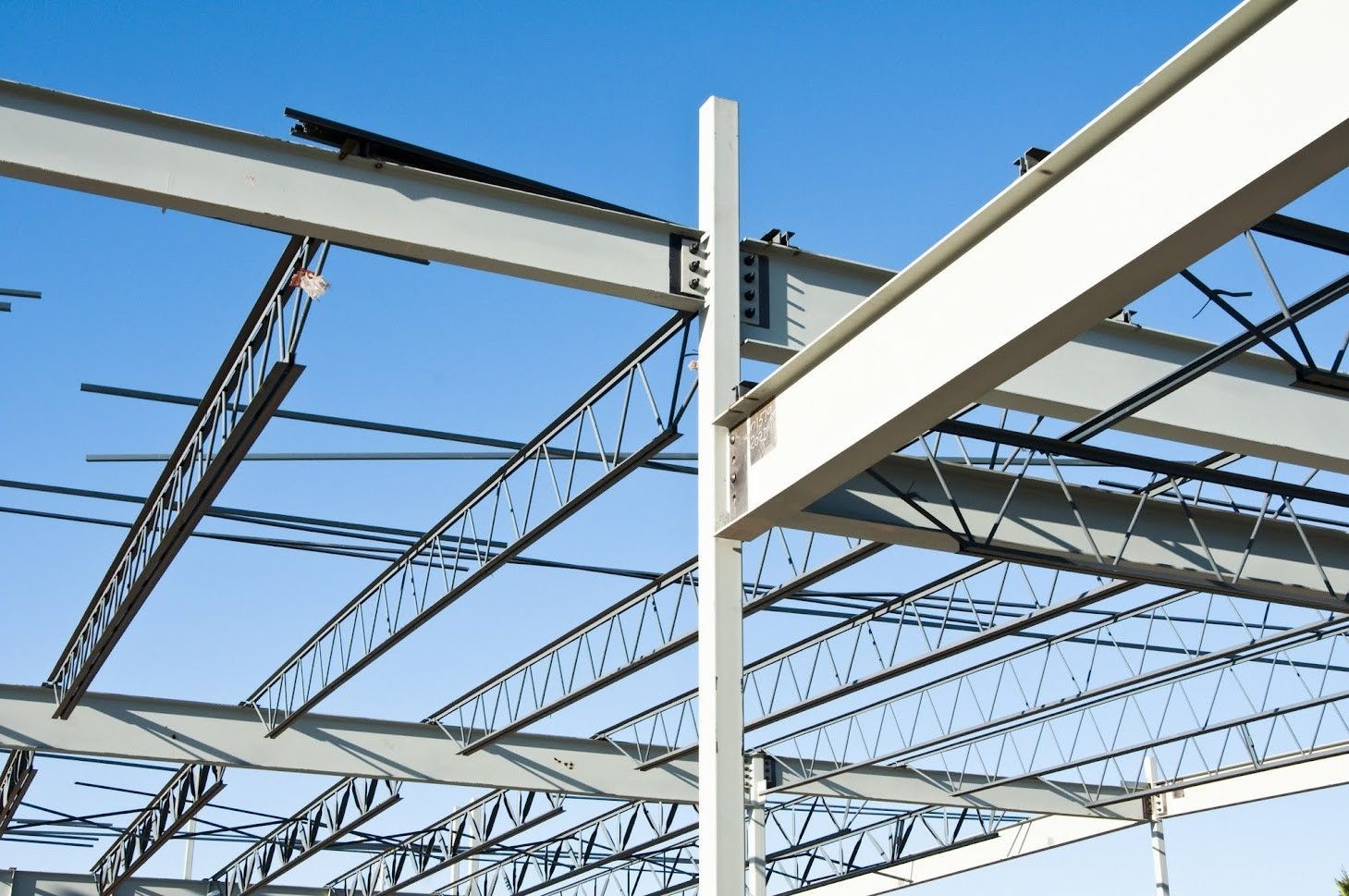Rough Terrain Cranes vs. All-Terrain Cranes: A Guide
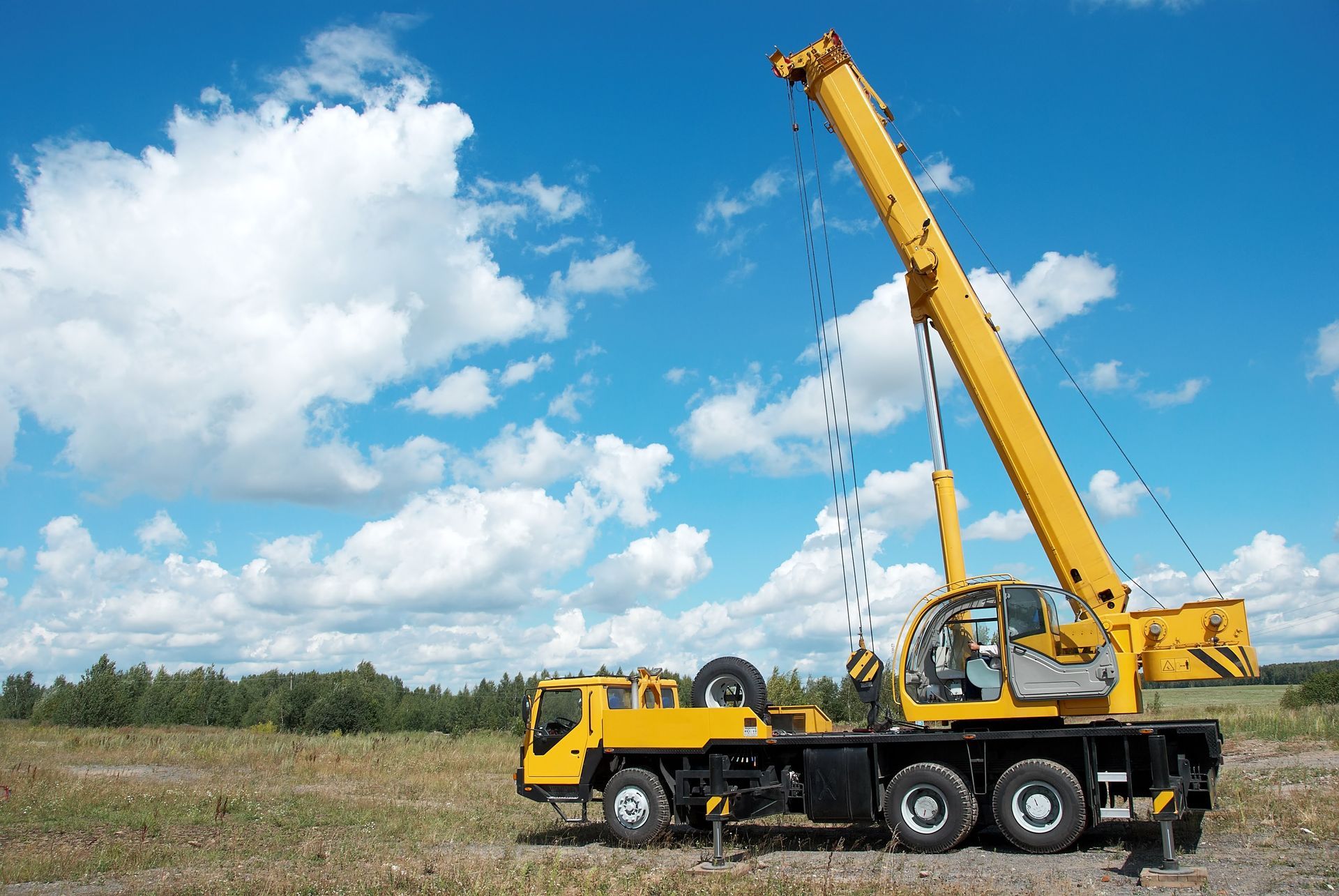
If you are inexperienced with cranes, you will likely find it challenging to discern between a rough terrain crane and an all-terrain crane. But, when you have a project coming up that needs a crane, you need to be sure that you are picking the right machine for the job. Below is a discussion of rough terrain and all-terrain cranes to help you choose the right one for your project.
Rough-Road Cranes
Rough terrain/off-road cranes are cranes mounted on a four-wheel undercarriage and a hardy body. The base and the wheels of an off-road crane are wide, and the wheels are taller. They can be likened to 4x4 cars designed to move through rough terrains. Therefore, these cranes are fit for projects in off-road terrains.
These cranes also have outriggers and telescoping booms that support and stabilize the crane as it lifts. However, rough terrain cranes are lighter than all-terrain cranes because the former are driven from a can and only have a single engine powering the undercarriage and boom.
These cranes are easy to maneuver over uneven grounds in different construction sites and in tight spaces. Unfortunately, rough-terrain cranes cannot travel at high speeds on public roads and must be transported to a site.
All-Terrain Cranes
Unlike rough road cranes, all-terrain cranes have a longer boom, more tires, and two engines. These cranes also have a wider cab, making them heavier than the former ones. All-terrain cranes need outriggers to assist them during lifts.
All-terrain cranes can maneuver over uneven just like rough road cranes but come with the additional advantage of their ability to maintain high speeds on public roads. This type of crane is ideal as it offers transportability and mobility without sacrificing the ability to work off-road.
Factors that Distinguish All Terrain and Rough terrain Cranes
Below are some factors that will help you pick all terrain and rough terrain in your construction project.
Transport Logistics
Once you rent a crane, the crane has to move to your worksite. You will need to obtain permits for the loads, prepare a vehicle to transport the crane, and secure the crane for transport. If you can figure out the logistics, you can transport the crane without impacting the safety of other road users.
All-terrain cranes travel on roads without losing their maneuverability and are easily transported. Rough terrain cranes have a single engine to power the undercarriage. However, the same feature does not allow the crane to move fast on the road within the required speed limits.
Load Capacity
Capacity is the maximum weight a crane can safely carry and move. The hoist system capacity, boom strength, and base stability determine the load capacity.
To choose the right crane for your application, you have to understand its life capacity, as this reduces the risk of falling loads that can cause injury and damage construction equipment. Rough terrain cranes can carry a broad range of tons, which allows them to lift loads in off-road conditions and over short distances. On the other hand, all-terrain cranes have a higher load capacity thanks to the extra weights, counterweights, and outriggers.
Mobility
The worksite's conditions determine how a crane navigates the environment while lifting loads. Rough terrain cranes do well in uneven environments such as construction sites and mines. All-terrain cranes operate on different road surfaces, such as gravel, asphalt, and dirt roads.
If you are looking for the right crane for your project, you need to talk to a qualified company for your needs. Here at Sentry Steel Service Company, we offer cranes for rental and rigging projects. So we can advise you and provide you with the best crane for your needs. Contact us today with all your needs.


